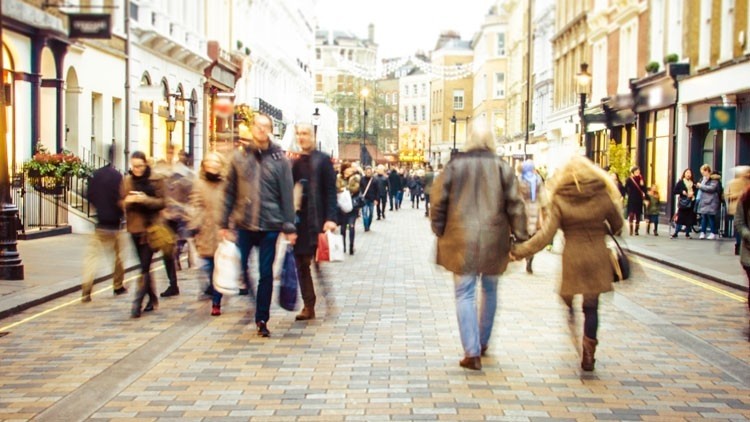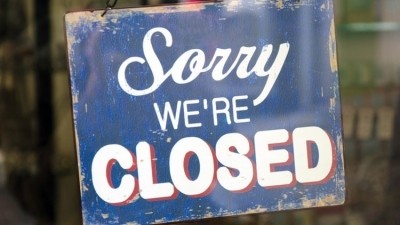Local lockdowns and 10pm curfew cause a slide in high street footfall numbers

Data from Springboard Footfall Monitor and Insights for September shows that footfall at shopping centres was down 31.5% year on year and down 10.8% in retail parks.
The greatest impact of the introduction of the compulsory 10pm closure was felt by high streets, which has the majority of hospitality outlets, with footfall moving from -34.3% to -39.4% in the second half of the month, it reports.
The greatest impact on consumer activity of the increased government restrictions is during the evening, with high street footfall declining by 44.7% after 8pm and down 42.1% between 5pm and 8pm, compared with a decline of 30.7% between 9am and 5pm.
London remains one of the hardest hit areas of the UK in terms of footfall, with numbers down 56.4% in central London, versus a decline of 24.2% in outer London and a drop of 23.5% in market towns.
Footfall in UK regional cities declined by 35.8% in September, says Springboard.
Figures from Wireless Social’s latest footfall tracker also show that footfall in hospitality across the country continued to drop last week, with areas under local lockdown measures particularly affected.
Areas subject to local lockdown restrictions have been the most affected, with footfall in Manchester and Liverpool down 55% and 60% respectively, according to the figures.
According to Wireless Social, at the start of August as lockdown restrictions were lifted, males were more likely to eat out than females. However, throughout the Eat Out to Help Out scheme, females began to overtake in eating out occasions, but this trend was once again reversed in September, it says.
The 25 to 35 age group ate out the most during July-September in 2019, but over the same period in 2020 they ate out exactly the same amount of times as 35 to 54-year olds.
The biggest shift was in the 18-24 age bracket, who ate out on average 1.8 times during the three months in 2019, but this dropped to 1.65 this year.













